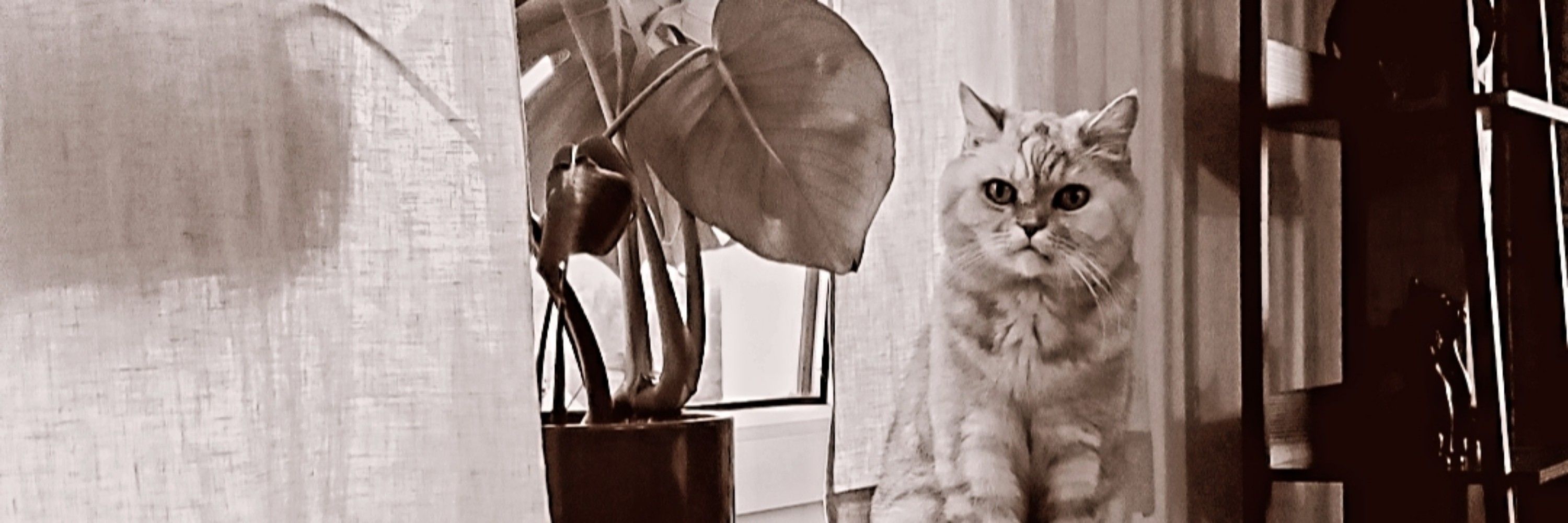
👉 Die Bevölkerung denkt differenzierter als die Debatte oft vermuten lässt. Politik & Medien sollten dies aufgreifen – für mehr Sachlichkeit und eine unpolarisierende Streitkultur.
➡️ Zum Bericht: tinyurl.com/5s7mutyj
👉 Die Bevölkerung denkt differenzierter als die Debatte oft vermuten lässt. Politik & Medien sollten dies aufgreifen – für mehr Sachlichkeit und eine unpolarisierende Streitkultur.
➡️ Zum Bericht: tinyurl.com/5s7mutyj
71% äußern Kritik an israelischer Politik, doch nur 20% verbinden dies mit antisemitischen Haltungen.
🔹 Aber: Antisemitismus nimmt zu:
27% der Befragten zeigen tradierten und/oder israelbezogenen Antisemitismus – ein Höchstwert seit Beginn der MiDInt-Studien in 2022.

71% äußern Kritik an israelischer Politik, doch nur 20% verbinden dies mit antisemitischen Haltungen.
🔹 Aber: Antisemitismus nimmt zu:
27% der Befragten zeigen tradierten und/oder israelbezogenen Antisemitismus – ein Höchstwert seit Beginn der MiDInt-Studien in 2022.
>75% verurteilen das Vorgehen von Israel und Hamas gleichermaßen. Polarisierung ist auf dieser Basis nicht belegbar.
🔹 Wechselseitige Anerkennung:
Über 80% befürworten, dass beide Konfliktparteien das Recht des jeweils anderen auf einen eigenen Staat anerkennen.
(2/4)


>75% verurteilen das Vorgehen von Israel und Hamas gleichermaßen. Polarisierung ist auf dieser Basis nicht belegbar.
🔹 Wechselseitige Anerkennung:
Über 80% befürworten, dass beide Konfliktparteien das Recht des jeweils anderen auf einen eigenen Staat anerkennen.
(2/4)
Different threats are linked to different refugee groups, with Arab and CA refugees facing higher rejection.
Threat perceptions can emerge w/o objective causes – they are shaped by personal circumstances.
Targeted political communication might help counteract such perceptions.
Different threats are linked to different refugee groups, with Arab and CA refugees facing higher rejection.
Threat perceptions can emerge w/o objective causes – they are shaped by personal circumstances.
Targeted political communication might help counteract such perceptions.
Feeling socially marginalized is the strongest driver of all threat types, followed by fear of violent crime.
A worsened financial situation (post-Covid) especially boosts social & security threat perceptions.
🧵 5/6
Feeling socially marginalized is the strongest driver of all threat types, followed by fear of violent crime.
A worsened financial situation (post-Covid) especially boosts social & security threat perceptions.
🧵 5/6
Strongest predictor of refugee rejection across all groups: Social threat (“German state cares more for refugees than for Germans”).
Cultural and security threats are important for rejecting Arab and CA refugees but play a smaller role for refugees from EE.
🧵 4/6
Strongest predictor of refugee rejection across all groups: Social threat (“German state cares more for refugees than for Germans”).
Cultural and security threats are important for rejecting Arab and CA refugees but play a smaller role for refugees from EE.
🧵 4/6
59-69% of respondents want to restrict immigration. Rejection is highest for Arab, lowest for EE refugees.
🗳️ Political orientation matters: Voting intention for CDU/CSU or AfD increases rejection, while supporters of Left Party or Greens show lower rejection levels.
🧵 3/6
59-69% of respondents want to restrict immigration. Rejection is highest for Arab, lowest for EE refugees.
🗳️ Political orientation matters: Voting intention for CDU/CSU or AfD increases rejection, while supporters of Left Party or Greens show lower rejection levels.
🧵 3/6
1. Do perceived threats influence rejection of refugees?
2. Do effects differ by refugees’ region of origin (Arab, Central African (CA), Eastern European (EE))?
3. Are threat perceptions shaped by people’s own economic, social, or cultural circumstances and perceptions?
🧵 2/6
1. Do perceived threats influence rejection of refugees?
2. Do effects differ by refugees’ region of origin (Arab, Central African (CA), Eastern European (EE))?
3. Are threat perceptions shaped by people’s own economic, social, or cultural circumstances and perceptions?
🧵 2/6

